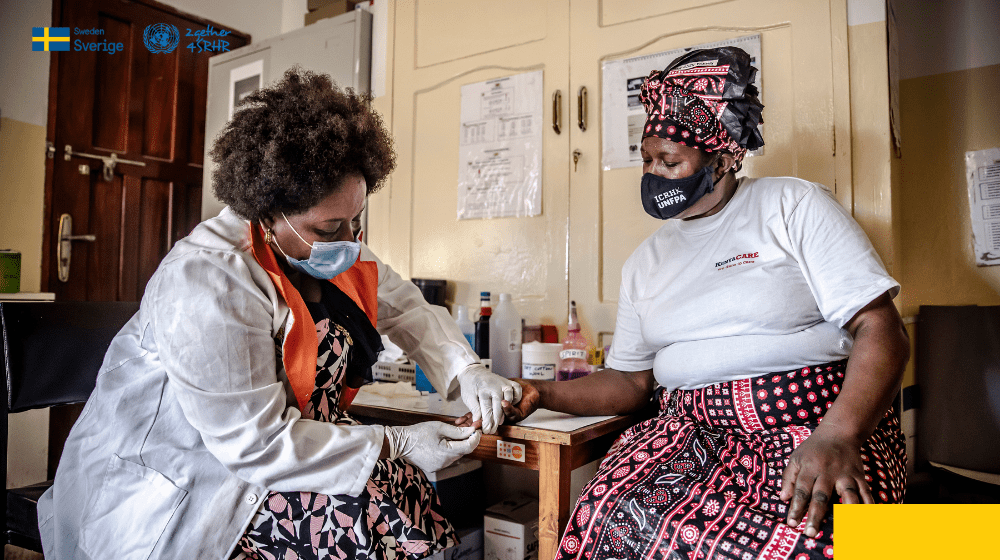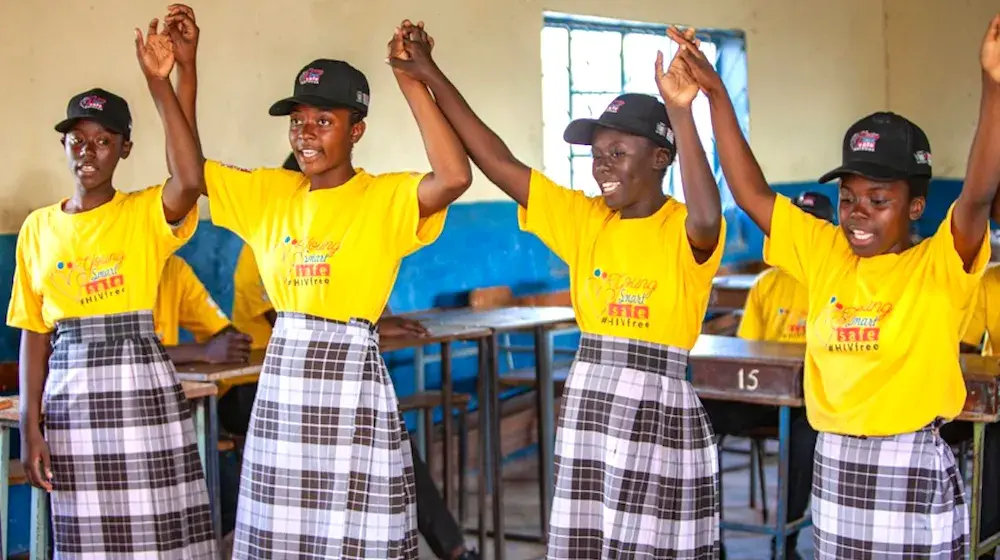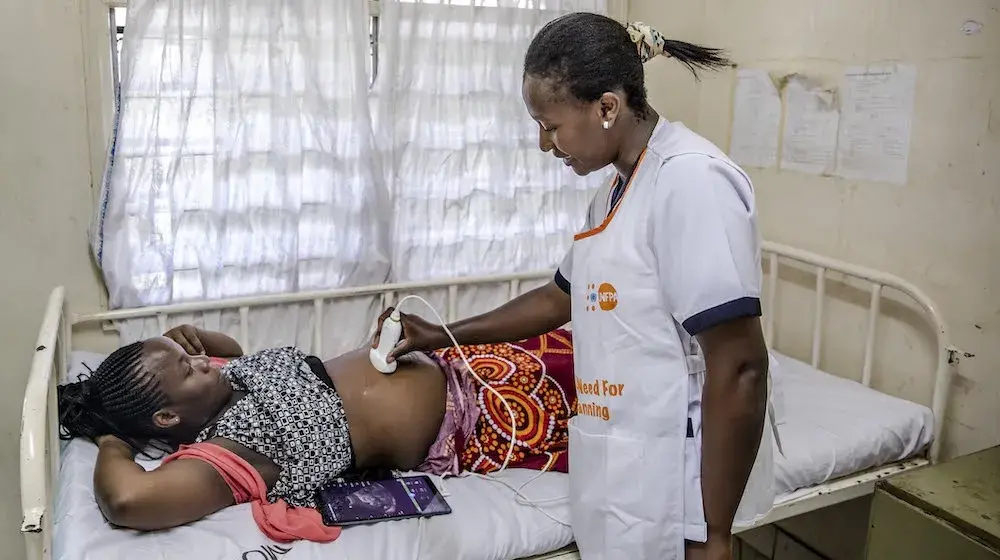Finding Common Ground:
The session was organised by the 2gether 4 SRHR programme after an invitation from UNFPA China Country Office. The main purpose was to connect ESARO programme staff and representatives from two partner organisations in China namely the National Centre for Women and Children and the National Research Institute for Family Planning.
The session found that across the different regions, the rationale for the integration of services is to increase the effectiveness and efficiency of the health system and to meet people’s needs for accessible, acceptable, convenient, client-centred and comprehensive care.
Models of Integration
Each country presented their models of integration which take into account unique structural, geographic and cultural factors. Political will and support emerged as a key catalyst to an enabling environment and ultimately the success of integration programmes. The Chinese counterparts are keen to learn more from Botswana's use of "drones for health" as a means of transporting medications due to the vast geographic expanse of their country.
Dr Kaiyan Pei from the National Research Institute for Family Planning shared their Rainbow Model of Integrated Care which emphasises clarifying department function, the rational layout of clinical departments and swift medical and healthcare referrals as key building blocks for their integration process. Systems, Organisations, Services and Professional integration for targeted subgroups and the universal population impact costs and utilisation, overall population health and the client's experience of care in the health system.
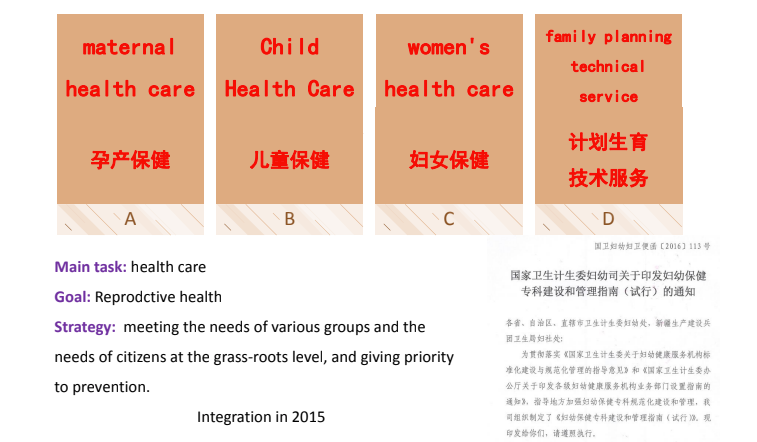
key building blocks for the integration process.
Prior to commencing the integration process, Zimbabwe focused on "getting everyone on the same page" by conducting assessments and strengthening the capacity of healthcare workers on additional services as such cervical cancer screening, GBV referral and creating multi-sectoral committees on the intersection between GBV and SRHR.
Some Service Integration Models at Health Facilitiesshared include:
1. On-site integrated SRHR, HIV and GBV service delivery model; which uses 2 different approaches:
“One-stop shop”: Provides a comprehensive SRHR, HIV and GBV Services at a single location on the same day.
“Supermarket approach”: Integrated SRHR, HIV and GBV services offered by several service providers, usually located in different rooms in the same health facility during the same visit.
2. The mixed-model:
Some SRHR, HIV or GBV services are initiated in one facility, and additional services are provided at another; usually a higher-level facility, through facilitated referral.
3. Off-site integrated SRHR, HIV and GBV services:
Services offered outside the facility through facilitated referral
The most common model used is the One-Stop-Shop for its integrated patient flow system which is most efficient for clients.
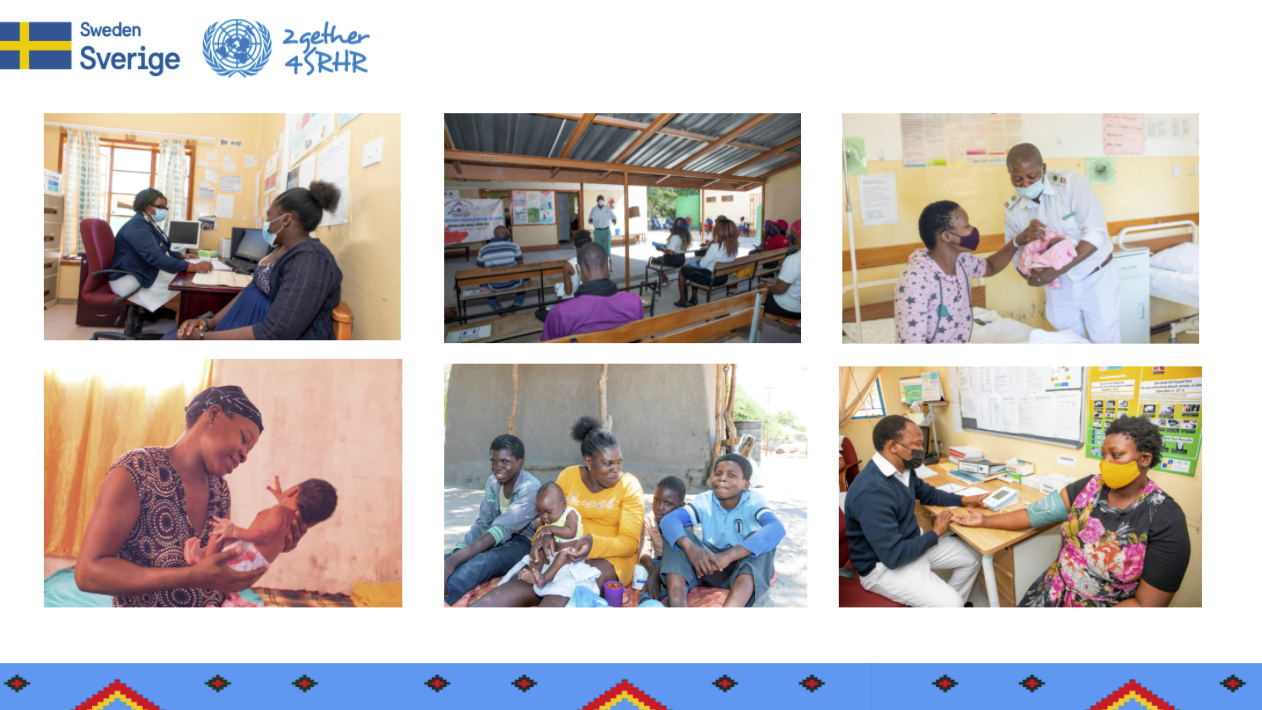
convenient, client-centred and comprehensive care
Lessons Learned from Integration Programmes:
- Integrated services are key to the inclusion of people living with disabilities in accessing SRHR information and GBV services
- Decentralization of pharmacy services: Medications were generally managed through a central pharmacy within a facility, which would have clients from all units queuing in lengthy lines together to receive drugs. This has been eliminated
- Increased access to SRH services including FP, maternal health, STI including HIV and SGBV services and information and linkages to other services
- Community engagement and ownership are crucial for the increased uptake of services; this has been done through radio talk shows, community dialogues and peer movements
- Consistent Internal and external Support supervision and Mentorship are key to the internalization of GBV/SRH/HIV service guidelines at the health facility level
Way Forward
The key outcome of the workshop has been the sharing of practical tools such as assessment templates, service packages, scorecards and regional guidance on integration. Participants are able to design their own integration activities by cross-referencing and benchmarking best practices that have yielded success in other regions.

